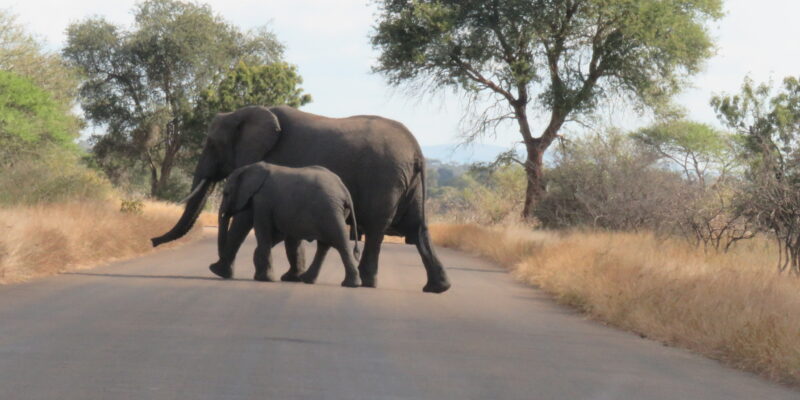
Visiting Kruger National Park is a mixed bag. There may not be an animal insight for long stretches, and with the maximum speed of 40 km, 25 miles per hour, the drive may be slow and tedious with dense vegetation along some roads. Often, vegetation impedes the view of what may have been exciting sightings in more open spaces.
The dangers are many. When more than two visitors are engaged in a self-drive, unless they’re riding an open vehicle or large SUV with huge back windows, the rear seat passenger’s views may be disappointing at best. Strict rules and regulations prevent passengers from hanging out of windows or standing up in sunroofs.
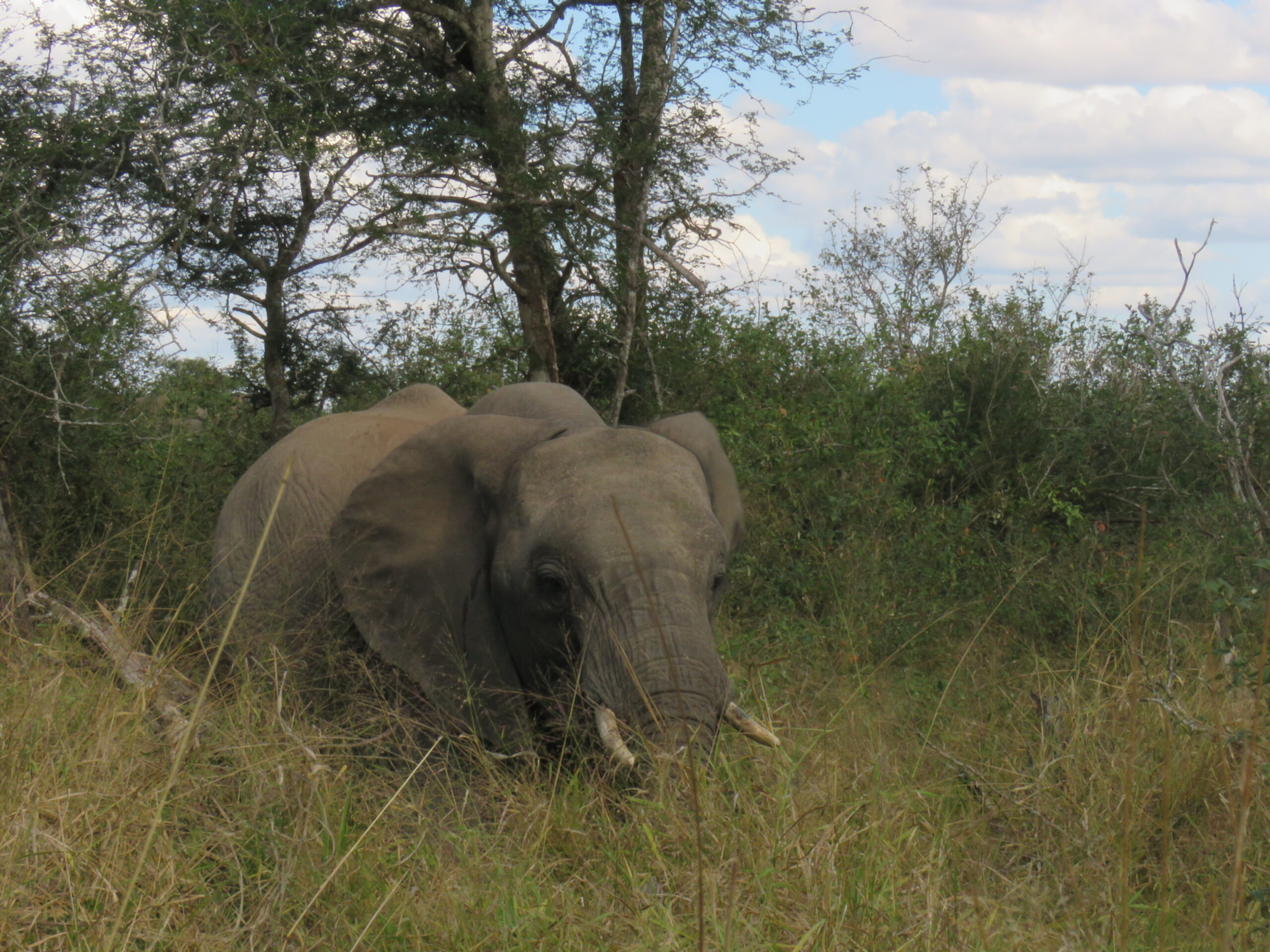
In a moment, any of the wild cats could leap atop a vehicle resulting in a severe or fatal injury. Their reaction time is far superior to ours. Also, it is forbidden to get outside of any vehicle on a self-drive. However, on a few occasions, on guided safari/game drives, there may be instances whereby meals or snacks are served in the bush, or a guided walking safari is conducted by an experienced guide leading the walk, carrying a weapon.
As for what we consider the best way to see game in any wildlife-rich national park is riding in a raised, open-sided safari vehicle as high up as possible, enhancing the possibility of distant sightings. To think that wildlife necessarily stays close to a road is unlikely and unrealistic.
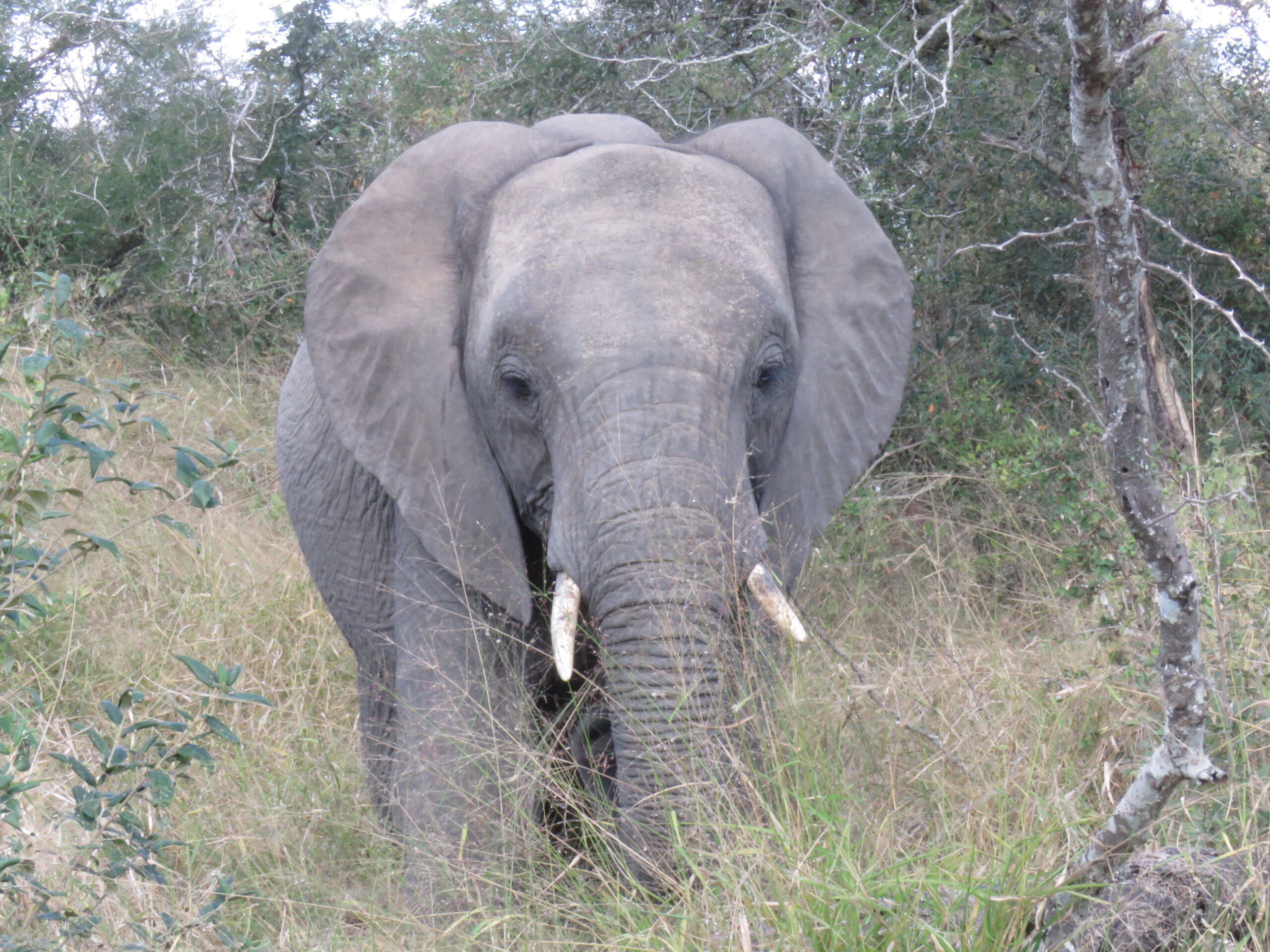
That’s why we particularly enjoyed the Maasai Mara in Kenya and Chobe National Park in Botswana, both of which resulted in off-road dashes to reach distant wildlife. Ultimately, it was all the more exciting. But, in Kruger, staying on the few paved roads and the numerous side dirt and gravel roads is amazing when visitors can see almost every form of wildlife that inhabits the park.
Lowering one’s expectations about the “Big Five” as a prerequisite for a fulfilling day in the park is vital for embracing what the park is all about. It’s not a zoo and hopefully never will be. Kruger is described as follows here:
“Why visit the Kruger National Park? The world-renowned Kruger National Park is South Africa’s largest wildlife sanctuary with nearly 2 million ha (4.9 million acres) of unrivaled wilderness and wildlife land, and home, not only the Big Five but more species of large mammals than any other African game reserve.”

Of the top 10 safari parks in the world, at this juncture, we’ve visited five of the 10. Here is the link with detailed information. As we peruse this link, our interest is piqued to see more of these at some point in the future. But, at this point, time is not our friend.
With the pandemic in mind, and the ability to travel unknown in the future coupled with the realities of aging, we can’t predict what the future holds. At this point, we don’t know where we’ll be in 50 days from today when the visa extension granted to foreign nationals by South Africa President Cyril Ramphosa ends on June 30th.
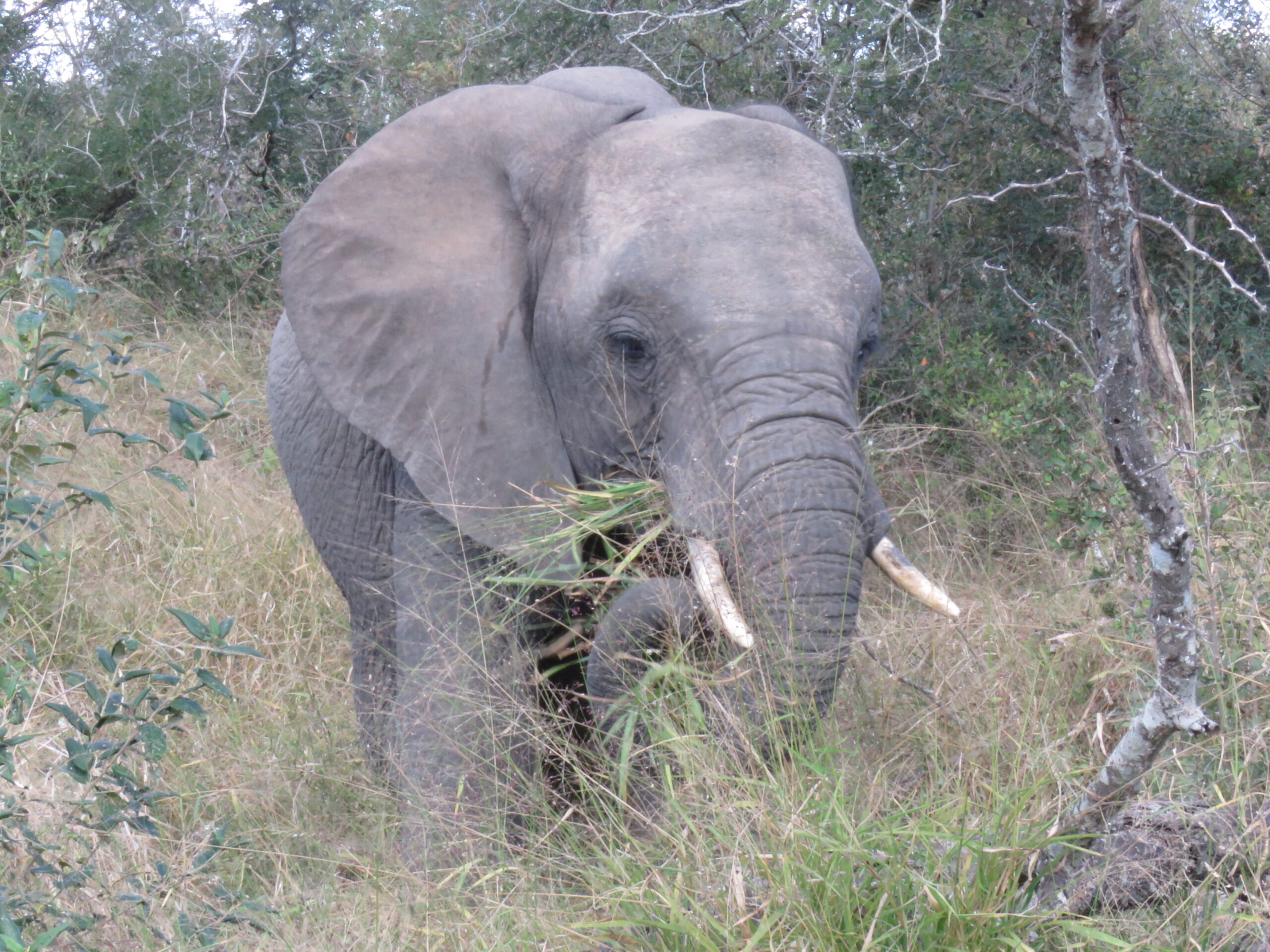
Before Covid- 19, we often had the next two years booked in advance. Recently, a reader inquired about our upcoming itinerary. Other than the four upcoming cruises we have booked, the first scheduled for November 2021, none of them may ever set sail. Subsequently, we don’t have an upcoming itinerary. We promise, when and if we do, we’ll certainly post it here.
Enjoy the new Kruger National Park photos we’ll be sharing today and over the next few days. No, they aren’t necessarily unique from what we’ve shared in the past, and yet, we’re still thrilled with what we’d seen only two days ago.

Today is an excellent and sunny day, typical for fall in the bush. At the moment, four warthogs are hovering in the garden, including Little, who is napping close to the veranda. No less than a dozen helmeted guinea fowl are pecking at the seeds we tossed on the ground.
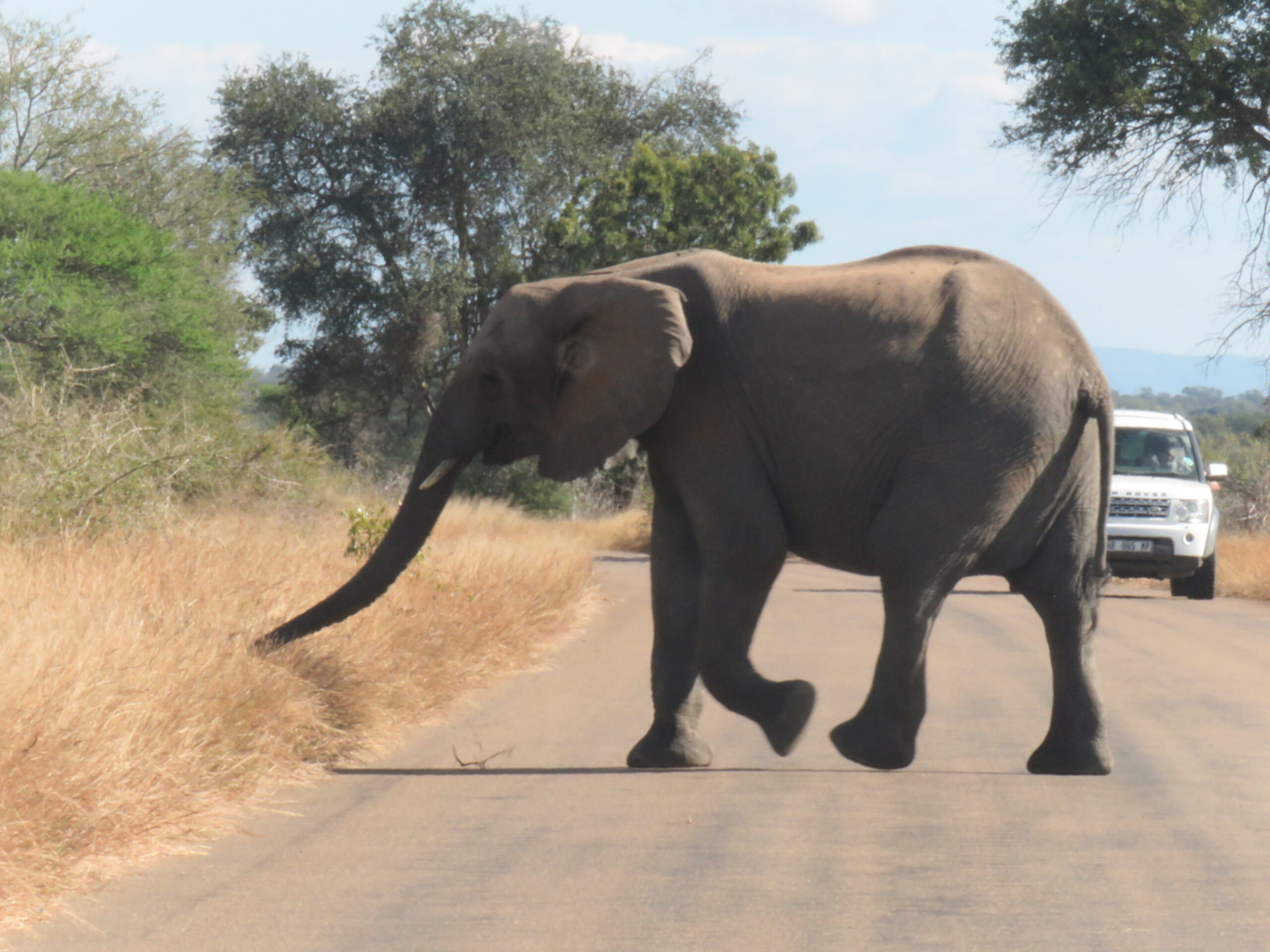
Go-Away birds are making their hysterical sounds while four hornbills are pecking at the bedroom windows, the dining room window, and the windows on the car. A few minutes ago, we fed about 50 mongooses some leftover meat. They are staying around, making their adorable chirping noises.
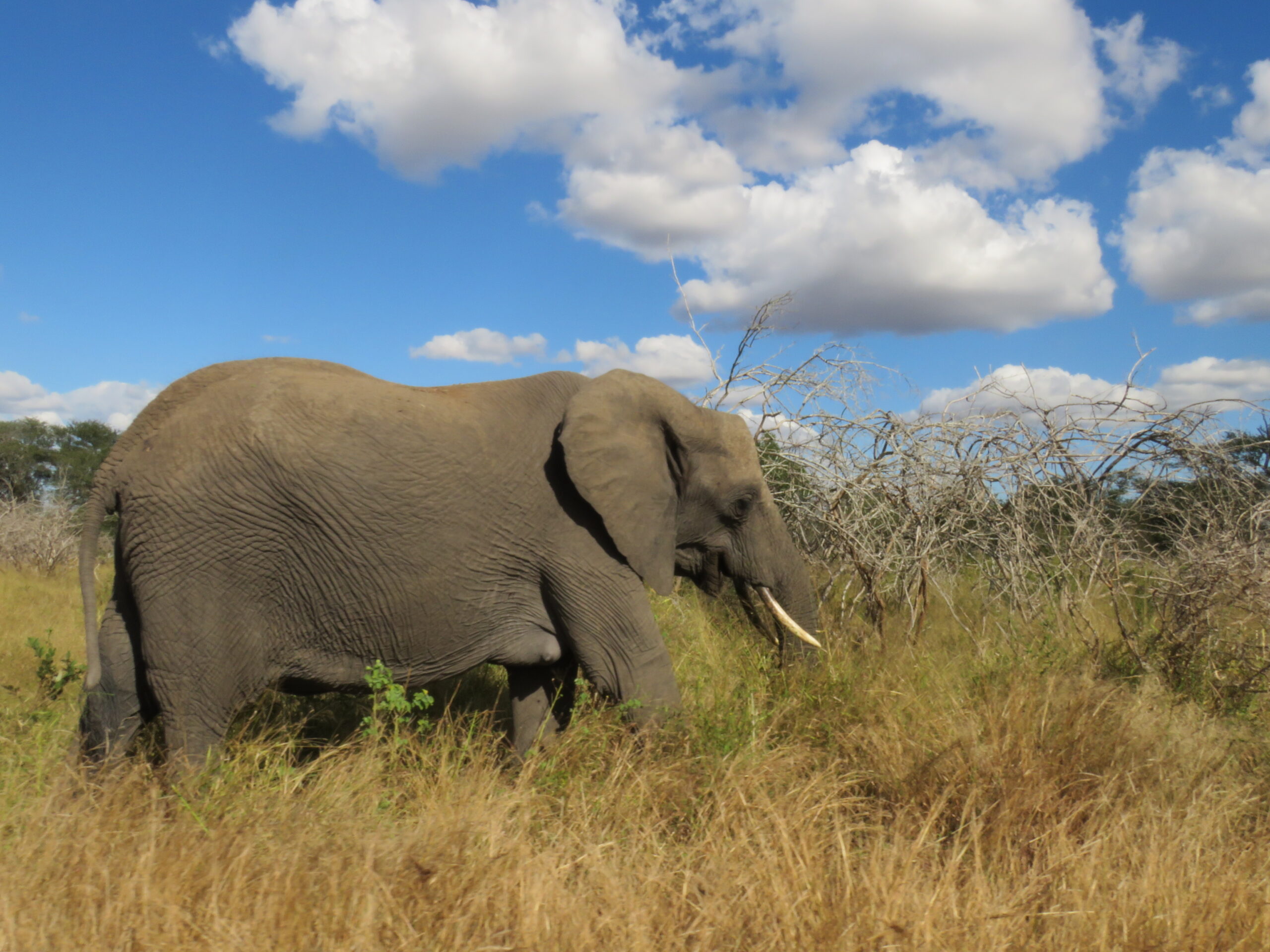
One of our favorite bushbuck, Thick Neck, is hovering in the dense brush, waiting for the pigs to leave since they don’t allow the small antelope to get a single pellet. Three wildebeest are drinking from the birdbath and the pool, and of course, we’re as content as we could be.
Happy day!
Photo from one year ago today, May 11, 2020:
 |
| “Pig in the parlor.” Two years ago today, we left South Africa and posted more of our favorite photos. This was the second time Little came up the steps and into the house while sitting on the sofa and didn’t see him right away. We howled. We always love seeing this photo! Now, it is so fun to have him visiting us here. He’s still quite bossy, but we’re managing fine with him. Does he remember us? It appears so when he tries to get very close to me. But, we keep him at a safe distance. For more, please click here. |

